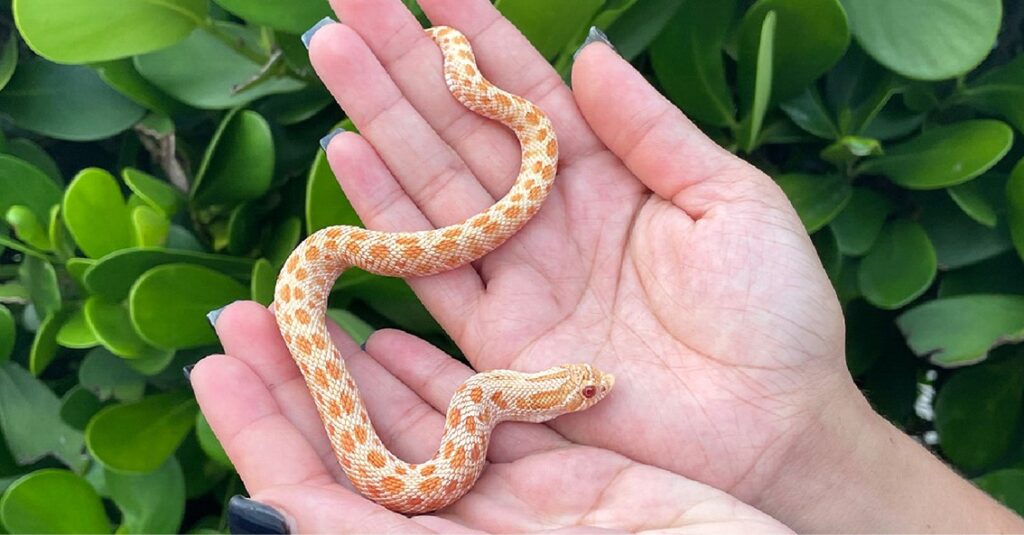If you’re new to the reptile world, you may be excitedly jumping into owning the first gorgeous snake you see on a distributor’s website. However, you still have to consider the fact that you’re going to be owning an animal that may behave very differently from other pets you’ve had. You may even be wondering how much affection your snake will demonstrate to the people around it over its lifetime.
The Truth
The fact is snakes simply don’t have the physiology/neurochemistry to demonstrate enjoyment of and reciprocate what humans display as affection. Snakes do not seem to have any desire to cuddle, show distress in your absence, or be receptive to your own emotional state. For some, this is a benefit to owning snakes. You don’t have to worry about spending time fulfilling any sort of social/emotional need for your pet, and can easily travel for a long period of time without having to worry about your animal.
While a snake may not be as receptive to affection, that does not mean it cannot enjoy your company and become accustomed to being handled. In fact, one of the primary reasons some snakes make such popular pets is because they grow to be docile, easy to interact with animals. When properly socialized, they will be as happy to perch on your shoulders as branches in its enclosure. They may even show signs of excitement at your presence, such as coming to the side of its enclosure in anticipation of food.
Click here – The Best Health Care Businesses You Should Be Venturing Into
Snake Body Language Basics
While your snake may not communicate abstract “love” and “affection”, it certainly does have a range of emotional responses that are communicated through its body language. As a reptile owner, you are going to be primarily looking for signs of contentment/relaxation and distress. Keeping in tune to these emotional cues will not only help you deepen the relationship with your pet, but allow you to keep on top of its psychological and physiological health.
Signs your snake is content:
- Relaxed, casual body language.
- “Lazy” movement.
- Alert, but not in a fixated or tense way.
- Has a relaxed grip on what it’s trying to hang on to.
Signs your snake is in distress:
- Gastrointestinal distress, such as vomiting and diarrhea.
- Quick, unpredictable movements.
- Quickly vibrating or “rattling” its tail.
- Hissing/striking when it typically does not.
- Changes in physical appearance, such as cloudy eyes or weight loss.
Note: keep in mind that when you are seeking out a snake for sale, you will receive it as a hatchling. It may be stressed when trying to become acclimated to its new home. Give your snake around a week as an adjustment period before attempting to manage/feed it.
Conclusion on Petting Snakes
As pet owners who have likely spent their entire lives around mammalian pets that clearly enjoy human interactions, owning and caring for snakes can seem like an alien world. However, when you attempt to meet your pet on its level, and understand it for what it is, you can develop a highly rewarding relationship that can last well over two decades. Just be sure to seek out snakes for sale from a dependable breeder with a good track record in the snake keeping community.
Click here – 3 Healthcare Software Projects by Chudovo.de
To Know Some Great Stuff Do Visit FilmyViral
To Know Some Great Stuff Do Visit FinanceNInsurance
To Know Some Great Stuff Do Visit FindingCEO






